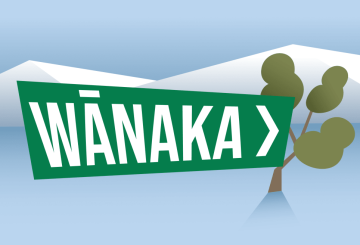뉴질랜드는 엘니뇨 기후 패턴으로 인해 가장 더운 여름을 경험할 것으로 예상된다고 Niwa 기상학자 트리스탄 메이어스 (Tristan Meyers) 는 경고합니다.80년 만에 가장 강력했던 이 강력한 엘니뇨는 이 지역의 기온 상승을 의미한다.
화재 우려
극심한 더위로 인해 산불 위험이 높아집니다.소방서는 예년보다 더 나빠질 수 있는 어려운 계절이 올 것으로 예상하고 있습니다.이들은 호주 팀과 협력하여 대형 에어 탱커와 같은 자원 공유에 대해 논의하고 있습니다.뉴질랜드 파이어 앤 이머전시 (Fire and Emergency NZ) 의 로리 렌윅 (Rory Renwick) 은 오타고 및 하이랜드 캔터베리 일부 지역에는 산불이 빠르게 발생하는 상황에 처해 있다고 지적하면서 대비의 중요성을 강조했습니다.
농업에 미치는 영향
건조한 환경은 현지 식품 생산에 영향을 미치는 가뭄을 유발할 수 있습니다.농업 분석가인 엠마 히긴스 (Emma Higgins) 는 이로 인해 식량 가격이 상승할 수 있다고 말합니다.가장 위험한 지역은 혹스베이, 오타고, 캔터베리, 위아라파 등입니다.농부들은 이러한 상황에 대비하는 것이 좋습니다.
해충 발생
곤충학자인 폴 크래독 (Paul Craddock) 박사는 더위로 인해 집에 개미와 바퀴벌레가 더 많이 서식하고 야외에서 파리와 모기가 처음으로 기승을 부릴 것으로 예상된다고 말합니다.하지만 더위가 오래 지속되면 개체 수가 줄어들 수 있습니다.
상어 관찰 횟수가 증가할 것으로 예상
물이 따뜻해지면 해안으로 더 많은 상어가 몰릴 수 있습니다.뉴질랜드의 해양 생물학자인 라일리 엘리엇 (Riley Elliott) 은 최근 특정 지역에서 백상아리가 증가하고 있다고 지적합니다.그는 해변에 사람이 많아지면 상어를 더 많이 볼 수 있게 될 것이라고 믿고 있습니다.엘리엇은 상어 공격이 여전히 드물다고 말하면서도 해변을 찾는 사람들에게 해양 환경을 존중할 것을 상기시킵니다.
주민과 방문객은 특히 고위험 지역에서 정보를 얻고 대비하는 것이 좋습니다.





























































